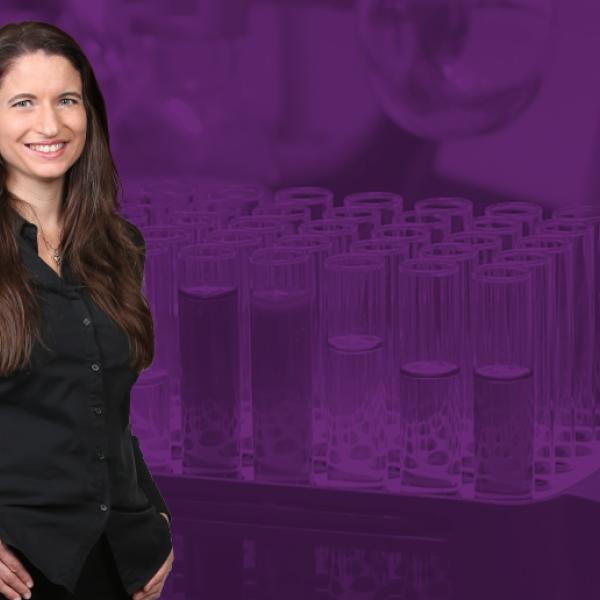Imagine fully healing or replacing damaged tissues and organs to combat injuries and crippling diseases including diabetes and cancer. That is the power and potential of regenerative medicine, and it is what the Alberta Cell Therapy Manufacturing (ACTM) facility at the University of Alberta aims to do.
Stem cells are a key component of regenerative medicine as they have the ability to develop into many different types of cells, such as skin, brain, and lung cells. As advances continue in developmental and cell biology, new and existing regenerative therapies get closer to reality for patients. The trick is to move these therapies from hypothetical to viable, and ACTM is designed to do just that. The facility is the first of its kind in Western Canada and one of only five in Canada.
One area of research at ACTM is in immunotherapy for cancer, which involves reprogramming a patient's immune system to wage war against the cancer. “You take the patient's cells and manipulate them to fight the cancer, then re-implant them back in the patient,” explains Greg Korbutt, ACTM's scientific director.
But how does such a cell therapy compare to existing cancer treatments such as chemotherapy? “Chemo destroys the tumour, but it also destroys everything around it,” says Korbutt. “Cell therapies target the tumour, so patients can tolerate it better, and stem cells can be used to repair damaged tissue.”
Korbutt is also a renowned diabetes researcher. In the 1990s, he worked with a team that pioneered a protocol for isolating large numbers of insulin-producing islet cells from neonatal pigs to be transplanted in the organs of severe diabetics. He and his collaborators have successfully transplanted the cells into mice, adult pigs and monkeys — and cured diabetes. Now he’s ready to move to clinical trials in which islet cells will be transplanted into patients’ livers to treat type 1 diabetes, a North American first. That's where ACTM comes into play. “Under controlled conditions, the ACTM allows us to develop cells and transplant them into patients,” affirms Korbutt.
Part of what makes the ACTM different is that it is a Good Manufacturing Practices (GMP) facility. GMP are part of a quality assurance system that ensures drugs and therapies are consistently produced and controlled, according to international regulations. GMP covers all aspects of production from the starting materials, premises and equipment to the training and personal hygiene of staff.
Cell therapies in particular require GMP facilities because they can't be “cleaned” without killing or contaminating the cells. “If you have a cell therapy, you have to do your work in a GMP facility in order for it to ever become available for public use,” explains Gayle Piat, ACTM's manager. “Once you get closer to implanting into humans, you have to tighten things up. You have to have reproducibility and traceability all around — for all materials, validated equipment, quality assurance records. It ensures safety, and that’s what our facility is for. We make possible the proof of concept in humans.”
“Regenerative medicine is an emerging science, and we want to stay at the forefront of it,” says Korbutt. “It will be of great benefit to the health of Canadians.”





